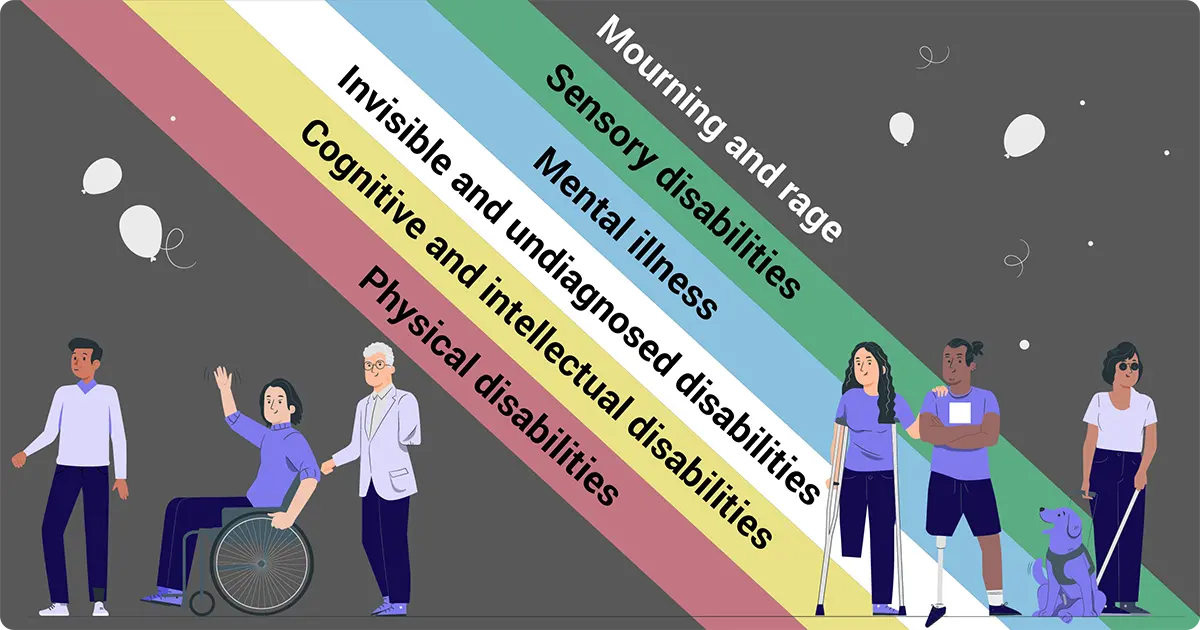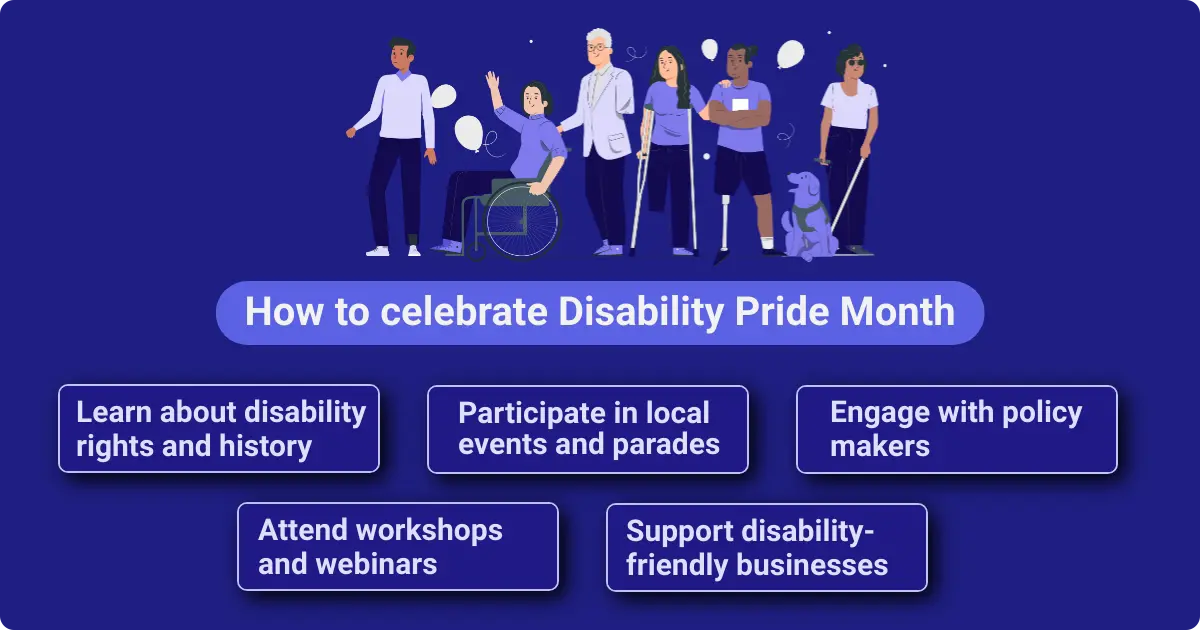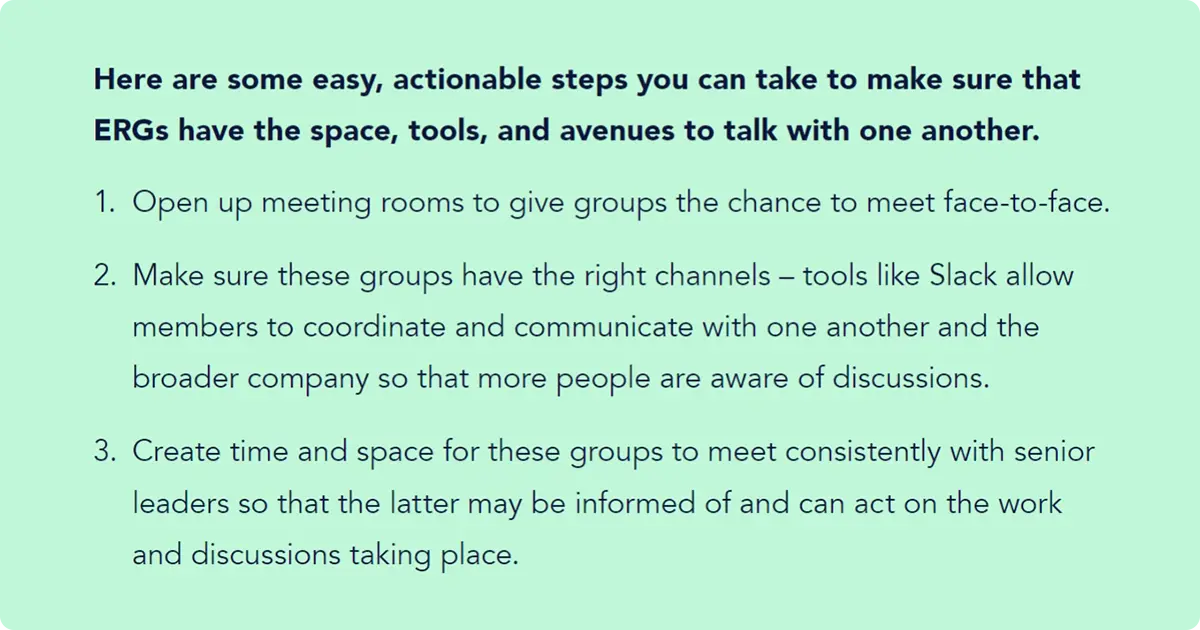Celebrating Disability Pride Month: A Time for Recognition and Reflection

Have you ever wondered why we dedicate an entire month to celebrating disability pride? Disability Pride Month honors the history, achievements, and contributions of people with disabilities. It encourages us to challenge stereotypes and misconceptions, promoting a society that values human diversity and inclusion.
Disability Pride Month, observed every July, raises awareness about the rights and dignity of disabled people. This article delves into the significance of this month, exploring its historical roots, the importance of the Disability Pride Flag, and the various ways we can celebrate and advocate for a world that embraces diversity and inclusion.
But there's so much more to Disability Pride Month than just its history and significance. We'll discuss how this month helps in raising awareness, promoting inclusion, and celebrating the achievements of individuals with disabilities. Additionally, we'll provide practical tips on how to get involved and make a difference in your community.
Let's dive into the heart of Disability Pride Month and discover how you can contribute to this vibrant and essential movement.
What is Disability Pride Month?
Definition and significance
Disability Pride Month is a time dedicated to recognizing and celebrating the identities, contributions, and rights of people with disabilities. Observed annually in July, it aims to foster a sense of pride among disabled people and to educate the broader community about the importance of inclusivity and diversity.
By emphasizing that disability is a natural part of the human experience, Disability Pride Month helps combat stigma and promotes the understanding that everyone deserves respect and equal opportunities.
Historical background
The origins of Disability Pride Month are closely linked to the landmark legislation of the Americans with Disabilities Act (ADA), which was signed into law on July 26, 1990.
This historic act, championed by disability rights activists, prohibits discrimination against individuals with disabilities in all areas of public life, including employment, education, transportation, and public accommodations.
The ADA marked a significant step towards ensuring that a disabled person has the same rights and opportunities as everyone else.
Disability Pride initially started as just a day, with the inaugural Disability Pride Day being celebrated in Boston in July 1990, coinciding with the ADA’s anniversary. The first Disability Pride Parade wasn’t until 2004 in Chicago. It wasn’t until 2015 that we celebrated Disability Pride Month across the United States.
These Disability Pride Month events serve as both a celebration of the disabled community’s achievements and a platform for advocating continued progress in disability rights.
What are the origins of the Disability Pride Flag?
The Disability Pride Flag is a vibrant symbol of solidarity and pride within the disability community.
Created by Ann Magill, a disabled artist, the flag was designed to reflect the diverse experiences and identities of people with disabilities. The flag features a black background with five zigzag lines in red, yellow, white, blue, and green.
Each color on the flag represents different aspects of the disability experience:
- Red symbolizes physical disabilities.
- Yellow represents cognitive and intellectual disabilities.
- White stands for invisible and undiagnosed disabilities.
- Blue signifies mental illness.
- Green represents sensory disabilities, including those affecting sight, hearing, touch, taste, and smell.
The black background has its own powerful significance. It represents the mourning and rage for disabled people who have suffered and lost their lives due to negligence, abuse, and systemic barriers. The zigzag lines across the flag symbolize the creative and non-linear thinking that people with disabilities often bring to problem-solving and innovation.

The Disability Pride Flag was designed to be easily recognizable and to serve as a rallying symbol for the disabled community. It is proudly displayed during Disability Pride Month and at various disability rights events throughout the year. This flag embodies the spirit of resilience, diversity, and unity that characterizes the movement.
Why is Disability Pride Month important?
Raise awareness
Disability Pride Month raises awareness about the experiences and challenges faced by disabled people. It encourages society to move beyond acknowledgment to actively understand and support the disabled community.
Promote inclusion and acceptance
A key goal is to promote inclusion and acceptance. By celebrating the diversity and contributions of people with disabilities, this month helps create environments where everyone feels valued. Efforts focus on:
- Advocating for inclusive policies and practices.
- Creating accessible physical and cultural spaces.
- Fostering a culture of acceptance and appreciation.
Challenge stereotypes and misconceptions
Disability Pride Month challenges harmful stereotypes and misconceptions. Sharing stories and experiences humanizes and normalizes disability, breaking down ignorance and prejudice. Educational campaigns highlight the strengths and abilities of a disabled person, shifting the narrative from limitations to valuable diversity.
Celebrate achievements
Disability Pride Month celebrates the achievements and contributions of people living with disabilities, inspiring and uplifting the community.
Recognizing the contributions of individuals with disabilities
People with disabilities have made significant contributions in various fields. Recognizing these achievements challenges the notion that disabilities define capabilities and provide role models for younger generations.
A few notable role models include:
- Stephen Hawking: Despite living with ALS, Stephen Hawking made groundbreaking contributions to theoretical physics and cosmology, becoming one of the most renowned scientists of our time.
- Judith Heumann: A lifelong disability rights activist, Judith Heumann has played a pivotal role in advocating for disability rights legislation and inclusion policies worldwide.
- Temple Grandin: An autistic professor and animal behavior expert, Temple Grandin revolutionized livestock handling practices, significantly improving animal welfare.
Highlighting milestones in disability rights
The month commemorates important milestones in the disability rights movement, which represent significant progress in the fight for equality and inclusion. Key milestones include:
- Americans with Disabilities Act (ADA) of 1990: The ADA is a landmark civil rights law that prohibits discrimination against disabled people in all areas of public life.
- Individuals with Disabilities Education Act (IDEA) of 1975: Ensures students with disabilities have the right to a free appropriate public education.
- Rehabilitation Act of 1973: This was the first major legislative effort to secure equal access for people with disabilities. It includes Section 504, which prohibits discrimination in federally funded programs.
- Olmstead v. L.C. (1999): This Supreme Court ruling affirmed the rights of individuals with disabilities to live in their communities rather than be institutionalized.
By raising awareness, promoting inclusion, challenging stereotypes, and celebrating achievements, Disability Pride Month builds a more inclusive and equitable society.
How to celebrate Disability Pride Month

Education and awareness
Celebrating Disability Pride Month begins with education and awareness. Understanding the history and rights of individuals with disabilities is crucial for fostering a more inclusive society.
Learn about disability rights and history
Educate yourself about the history of disability rights. Read books and articles and watch documentaries that highlight the struggles and achievements of the disability community. Knowledge is a powerful tool for combating ignorance and promoting understanding.
Attend workshops and webinars
Participate in workshops and webinars that focus on disability rights, inclusion, and accessibility. Many organizations offer these events during Disability Pride Month, providing valuable insights and practical strategies for supporting the disability community.
Community engagement
Engaging with your local community is another meaningful way to celebrate Disability Pride Month. By participating in events and supporting businesses that prioritize inclusivity, you can help foster a more supportive environment for individuals with disabilities.
Participate in local events and parades
Join local Disability pride parades and events. These gatherings celebrate the achievements and contributions of the disability community, providing a platform for advocacy and awareness. Check local listings for events in your area and encourage others to participate.
Support disability-friendly businesses
Support businesses that prioritize accessibility and inclusivity. Your patronage can help promote and sustain inclusive practices in the community. Look for businesses that employ individuals with disabilities, provide accessible facilities, and advocate for disability rights.
Advocacy and action
Advocacy and action are essential components of Disability Pride Month. Engaging with policymakers and promoting workplace inclusion are crucial steps in driving systemic change.
Engage with policymakers
Advocate for policies that support the rights and inclusion of individuals with disabilities. Engage with local, state, and federal policymakers to promote legislation that enhances accessibility and protects the rights of disabled individuals. Your voice can help shape a more inclusive world.
Learn how Community Celebrations® enables everyone to share their celebrations, regardless of their nature, whether personal, cultural, or work-related. Sharing joy on a larger scale makes the event more memorable.
Disability Pride Month in the workplace
Creating an inclusive environment
Fostering an inclusive environment in the workplace is crucial during Disability Pride Month. It involves implementing measures that ensure accessibility and awareness throughout the organization.
Implementing accessibility measures
Accessibility is a fundamental aspect of an inclusive workplace. This means ensuring that your physical workspace is accessible to all employees, including those with mobility issues, sensory impairments, and other disabilities. Key measures include:
- Providing ramps, elevators, and automatic doors.
- Ensuring accessible restrooms and break areas.
- Implementing assistive technologies such as screen readers and speech recognition software.
Assess your workplace regularly to identify and address any barriers that may hinder employees with disabilities from performing their roles effectively.
Providing disability awareness training
Offering disability awareness training helps educate employees about the challenges and experiences of their colleagues with disabilities. This training can cover:
- Disability etiquette and respectful communication.
- Understanding different types of disabilities.
- Promoting an inclusive culture that values diversity.
Regular training sessions can help foster a more supportive and empathetic workplace environment.
Recognizing and supporting employees with disabilities
Recognition and support are vital for creating a workplace where employees with disabilities can thrive. This involves establishing networks and adopting practices that promote inclusivity.
Employee resource groups
Employee Resource Groups (ERGs) for individuals with disabilities provide a platform for networking, support, and advocacy within the organization. ERGs can:
- Offer a safe space for employees to share experiences and challenges.
- Advocate for policy changes and improvements in workplace accessibility.
- Organize events and initiatives that promote disability awareness and inclusion.
Supporting and actively participating in employee resource groups (ERGs) can enhance the workplace experience for employees with disabilities.

Download our free report to discover detailed insights and strategies for effectively supporting employee resource groups(ERGs) and driving positive change in your organization.
Inclusive hiring practices
Adopting inclusive and equitable hiring practices ensures that candidates with disabilities have equal opportunities to join and contribute to your organization. This includes:
- Creating job postings that encourage applications from individuals with disabilities.
- Ensuring the interview process is accessible and accommodating.
- Providing necessary accommodations for employees with disabilities from the start of their employment.
Inclusive hiring practices not only promote diversity but also enrich the organization with a wide range of perspectives and talents.
Conclusion
Disability Pride Month is more than a celebration; it’s a movement towards greater inclusion and awareness. By learning about the history and rights of people with disabilities, participating in local events, and supporting inclusive policies, we can foster a more accepting and supportive society.
Let’s use this month to honor the achievements and contributions of the disability community and commit to ongoing efforts to create an equitable world where every person's uniqueness is valued. Together, we can drive meaningful change and promote disability inclusion in all aspects of life.
About the author
Ryan Stoltz
Ryan is a search marketing manager and content strategist at Workhuman where he writes on the next evolution of the workplace. Outside of the workplace, he's a diehard 49ers fan, comedy junkie, and has trouble avoiding sweets on a nightly basis.